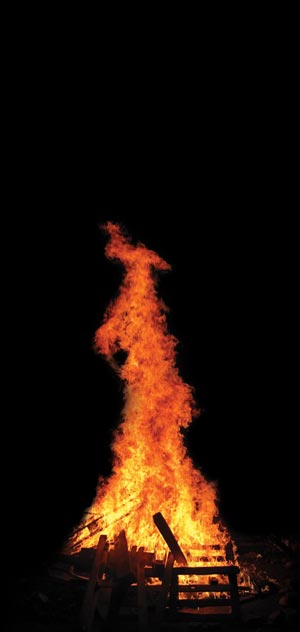 If you’re of Celtic descent (Irish, Scottish or Welsh) and you love Halloween, rejoice! The holiday was created by your ancient, pagan ancestors.
If you’re of Celtic descent (Irish, Scottish or Welsh) and you love Halloween, rejoice! The holiday was created by your ancient, pagan ancestors.
Originally called Samhain (pronounced sah´-win), this holiday marked the beginning of winter, otherwise known as the “darker half” of the year. Celebrated mainly in Ireland, Scotland and the Isle of Man, Samhain festivals began at sunset on October 31 and lasted until sunset on November 1. Also marking the end of the harvest, it was a time when cattle were herded from their summer pastures back to the farms for slaughter.
To the ancient Celts, Samhain was sacred because they believed it was a time when the veil between the physical world and the spirit realm was at its thinnest. This enabled communication between them and their gods, fairies and ancestral spirits. Mummers – folk performers who traveled door-to-door for food and money – wore costumes that they believed would help them blend in with these otherworldly entities. Lastly, fire rituals were performed upon hilltops, either to symbolize the warming power of the sun or to burn away harmful influences.
Everything changed in the year 609, when the Roman Catholic Church renamed this holy day All Saints Day (or All Hallows). This observance evolved into the secular Halloween, during which well-practiced traditions of scary spirits, costumes and bonfire celebrations are all that remains of the ancient Samhain rituals.




